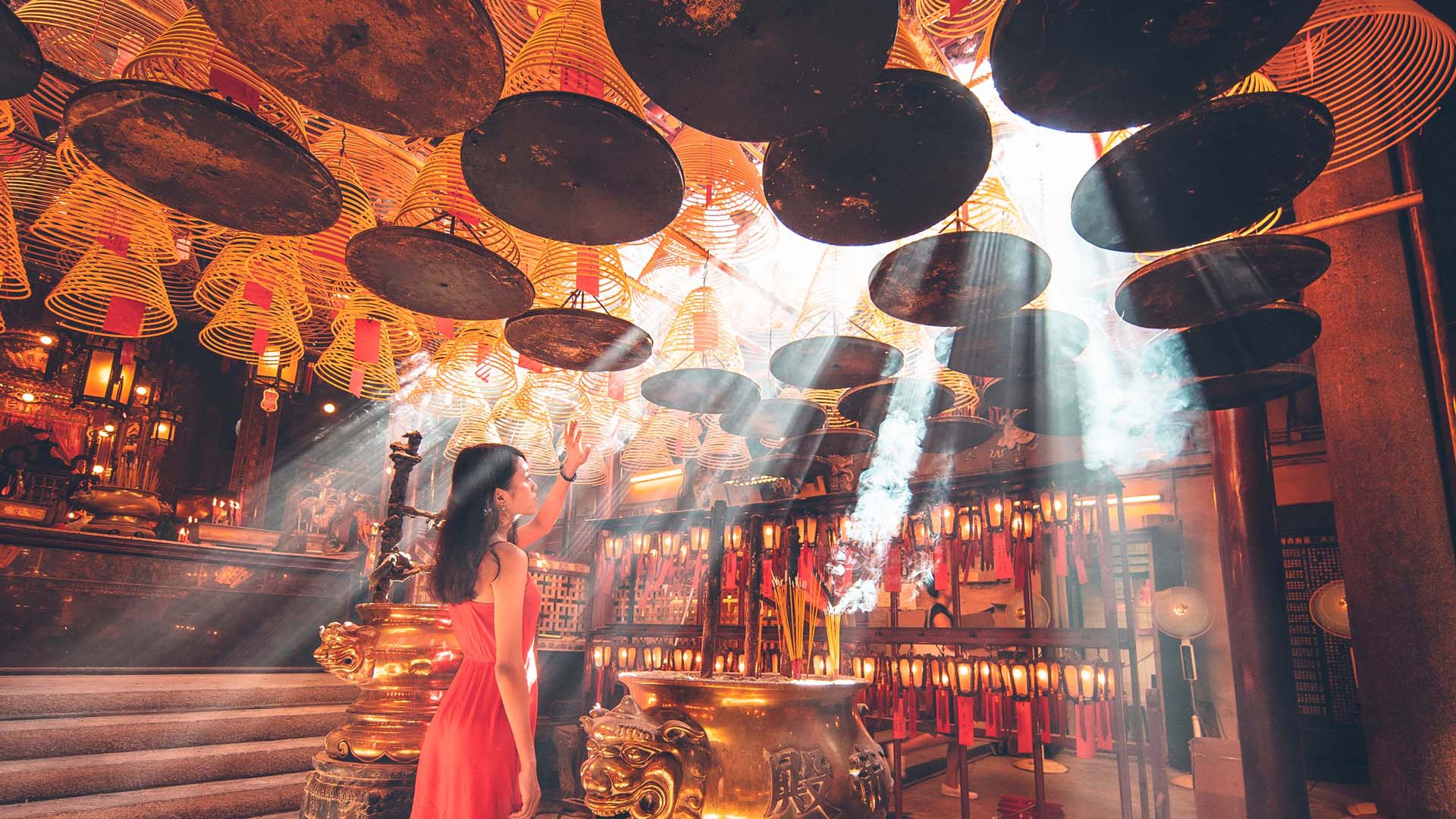
If you enjoy history and culture, you can easily travel to the Guangdong–Hong Kong–Macao Greater Bay Area (GBA) to explore eye-opening heritage sites and East-meets-West attractions.
Hong Kong: Old Town Central
One of the oldest yet most dynamic districts in Hong Kong, Old Town Central is home to fascinating landmarks that illustrate its storied past. From heritage buildings like Man Mo Temple and Tai Kwun, to fashion-forward concept stores and modern art galleries, this vibrant neighbourhood encompasses both old and new, while also being proudly local and unmistakably global. Immensely walkable and brimming with attractions, it serves as the perfect starting point for travellers to get to know the city.
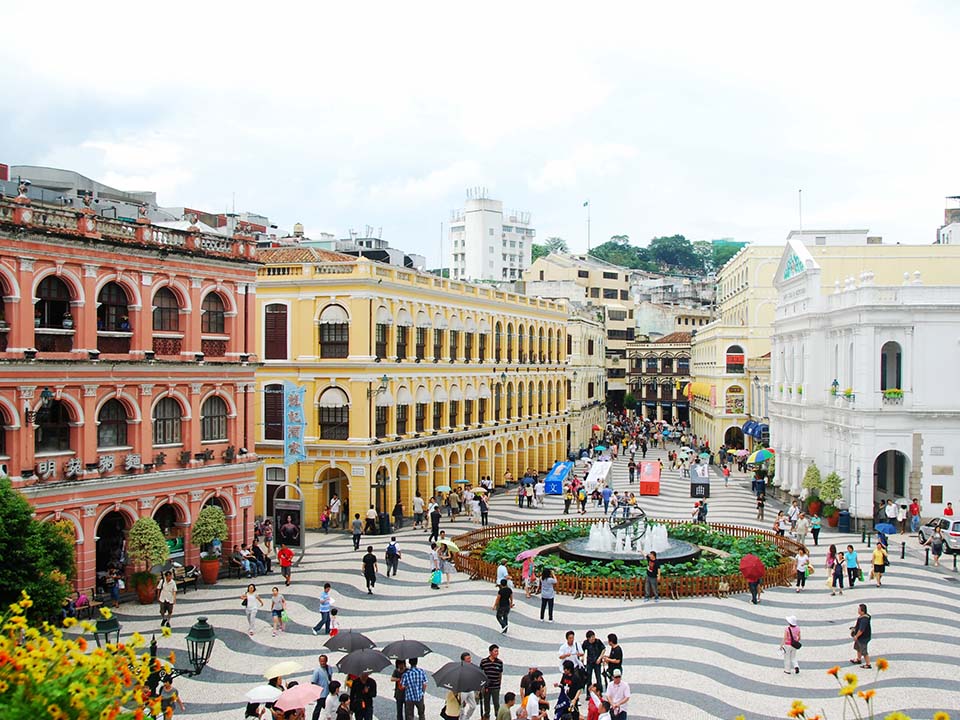
Macao: historic centre
The historic centre of Macao is on the UNESCO World Heritage List. The inscribed property covers a group of 22 principal buildings and public spaces as well as eight squares, including the almost-400-year-old Ruins of St Paul’s, the South-Europe-inspired Senado Square and the Lou Kau Mansion full of Lingnan characteristics. A walk in the historic centre, where Chinese and Western elements lie side by side, will offer a valuable lesson on the interesting history and culture of the city.
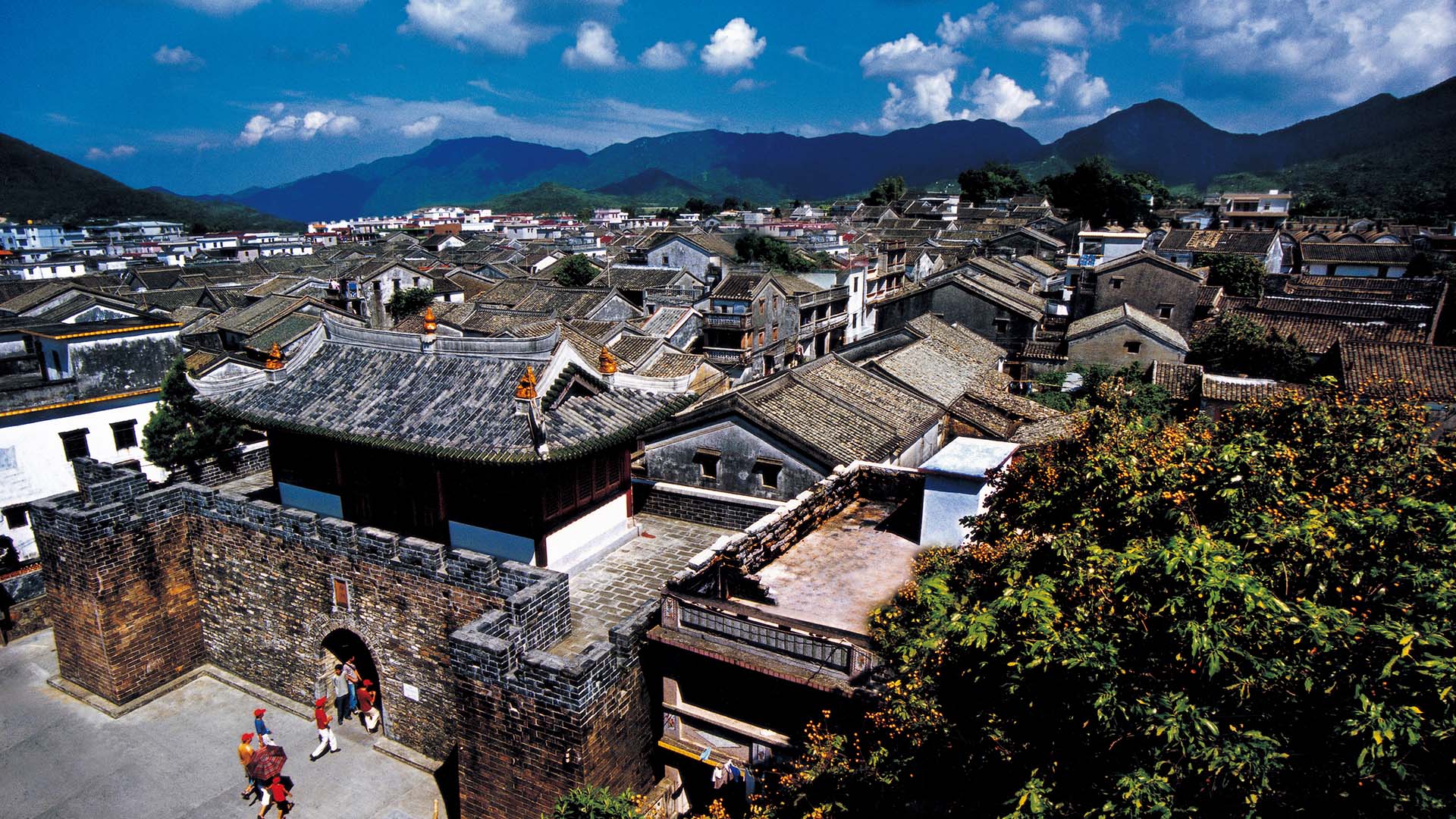
Shenzhen: Dapeng Fortress
Shenzhen may have a lot of skyscrapers and new buildings, but it certainly does not lack historical sites, among which is the Dapeng Fortress. The fortress was constructed in the Ming dynasty (1368–1644), and was designated as the navy barracks during the reign of Emperor Kangxi of the Qing dynasty (1644–1912). As the most well-preserved coastal defence fortress from these two periods, it has been declared a major historical and cultural site protected at the national level. Facing the sea with its back to the mountains, the attraction is far from the hustle and bustle of the city. The main structures on site include three gate towers, along with a hundred old houses and narrow stone alleyways. In recent years, bed and breakfasts, coffee shops and souvenir shops have sprung up to serve tourists.
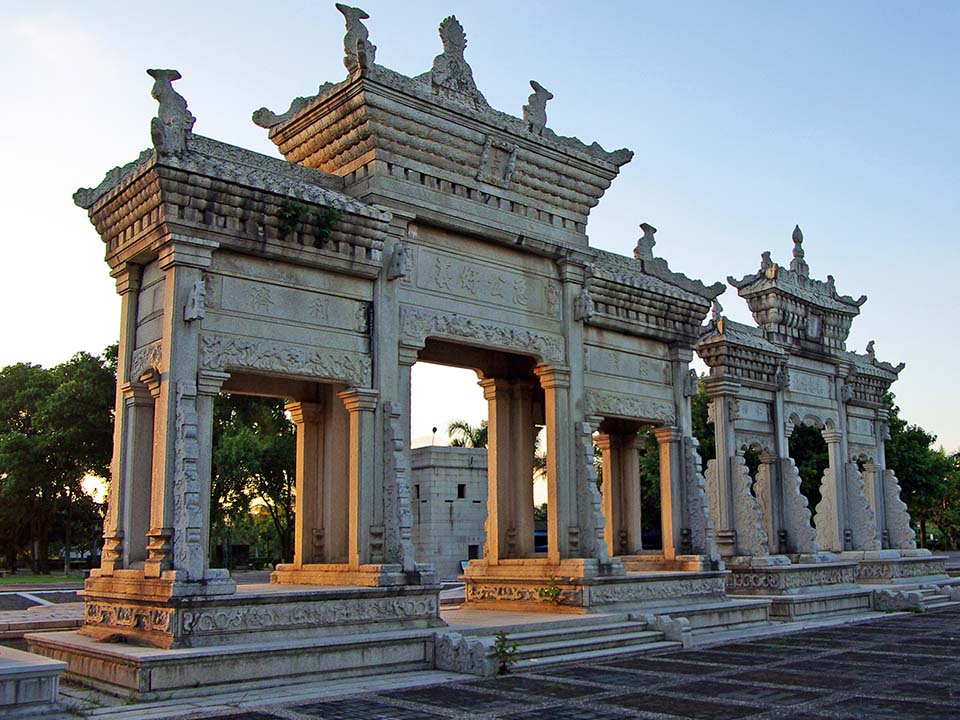
Zhuhai: Meixi Royal Stone Archways Tourism Zone
The ornate stone archways located in the Meixi Royal Stone Archways Tourism Zone were ordered by Emperor Guangxu of the Qing dynasty to be built to honour Chen Fang, China’s consul in Hawaii at that time. Hailed as the number one archway in China, the Meixi Royal Stone Archways not only feature exquisite carvings but also combine Chinese and Western elements, a rarity in South China. Western architectural elements can also be seen at the former residence of Chen Fang nearby, the European-style parlour of which is worth a close look.
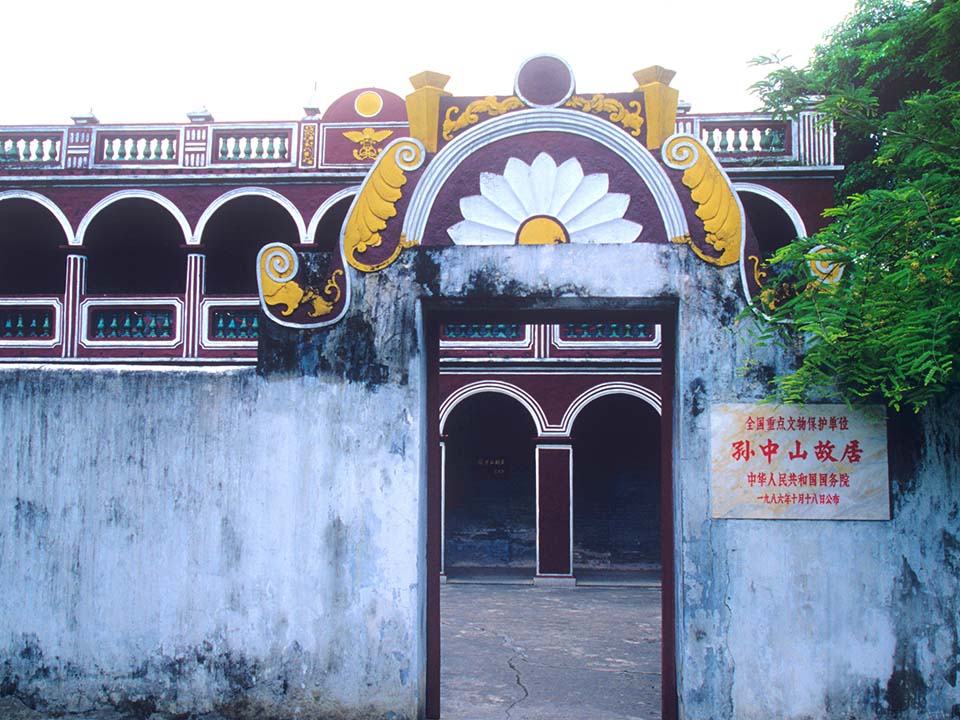
Zhongshan: Museum of Dr Sun Yat-sen
A stay in Zhongshan is not complete without visiting Cuiheng Village, the birthplace of Sun Yat-sen. At the entrance of the Museum of Dr Sun Yat-sen, visitors are greeted by the inscription “the world is equally shared by everyone”, which was what the ’father of modern China’ aspired to achieve. The former residence of Sun — a two-storey masonry-timber building — is distinguishable by its red walls, white lines and green glazed ceramic bottle balustrades. Inside, the old furniture has been preserved to offer a glimpse into Sun’s daily life. If time allows, check out other exhibition areas and take a walk in the 1911 Revolution Memorial Park.
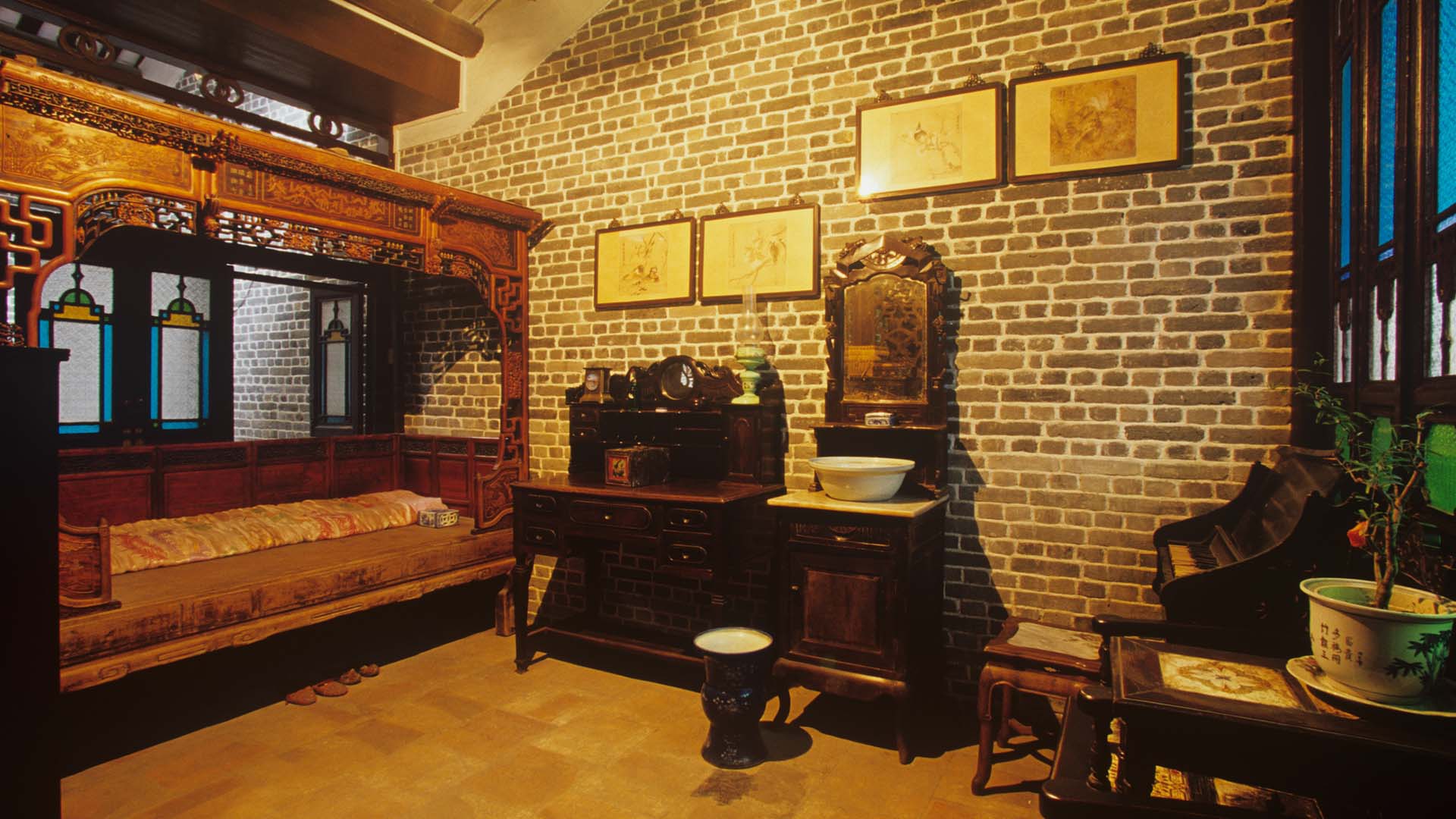
Guangzhou: Xiguan Mansions
The magnificent residences built by wealthy merchants at the end of the Qing dynasty in Xiguan (present-day Liwan District) are collectively referred to as the ’Xiguan Mansions’. Their distinctive features include green brick walls, tiled gable roofs, and three types of doors, namely, hardwood door, wade cage and corner gate. The movable wade cage complements the layout of the house to provide better ventilation, serving as a fine example of folk wisdom. To see how the mansions looked in their days, visit the Xiguan Folk Custom Exhibition Hall.
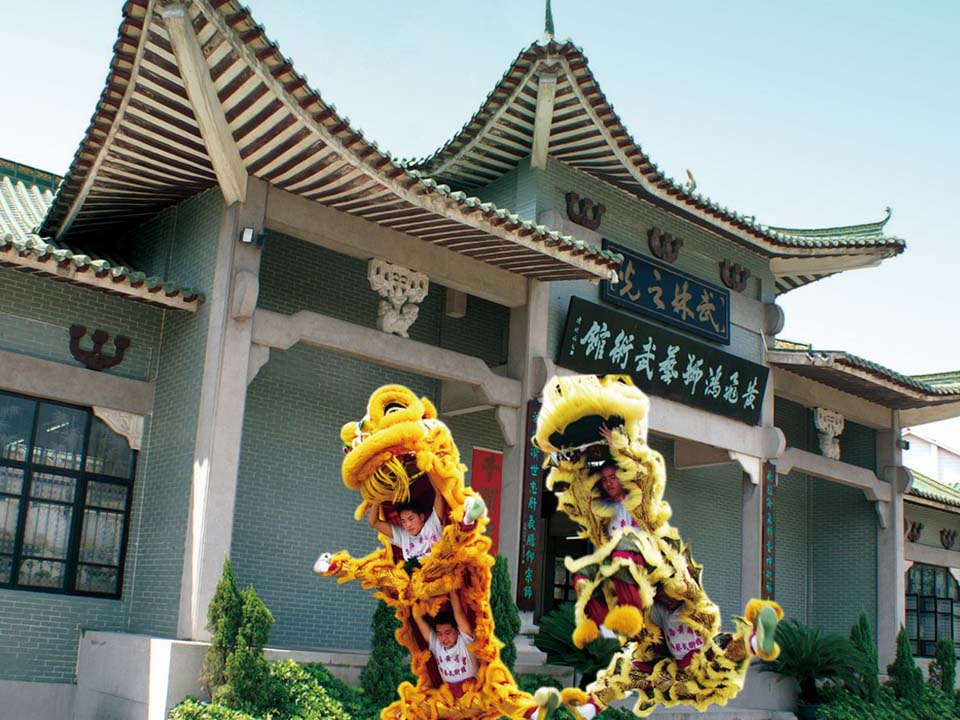
Foshan: Huang Feihong Lion Dance and Martial Arts Academy
Martial arts fans will love Foshan, the birthplace of martial artist Huang Feihong (or Wong Fei-hung in Cantonese). Inside the Huang Feihong Lion Dance and Martial Arts Academy at the foot of Xiqiao Mountain is the former residence of the ’lion dance king of Guangzhou’. Visitors can set foot in the reproduced Bao Zhi Lin and Baicao Tang medical halls, watch martial arts films at the Huang Feihong Cinema, and enjoy daily lion dance and martial arts performances. Martial arts enthusiasts may also want to check the dates of the Wong Fei-hung Cup World Lion Dance Championship, which is held annually at Tianhu Park.
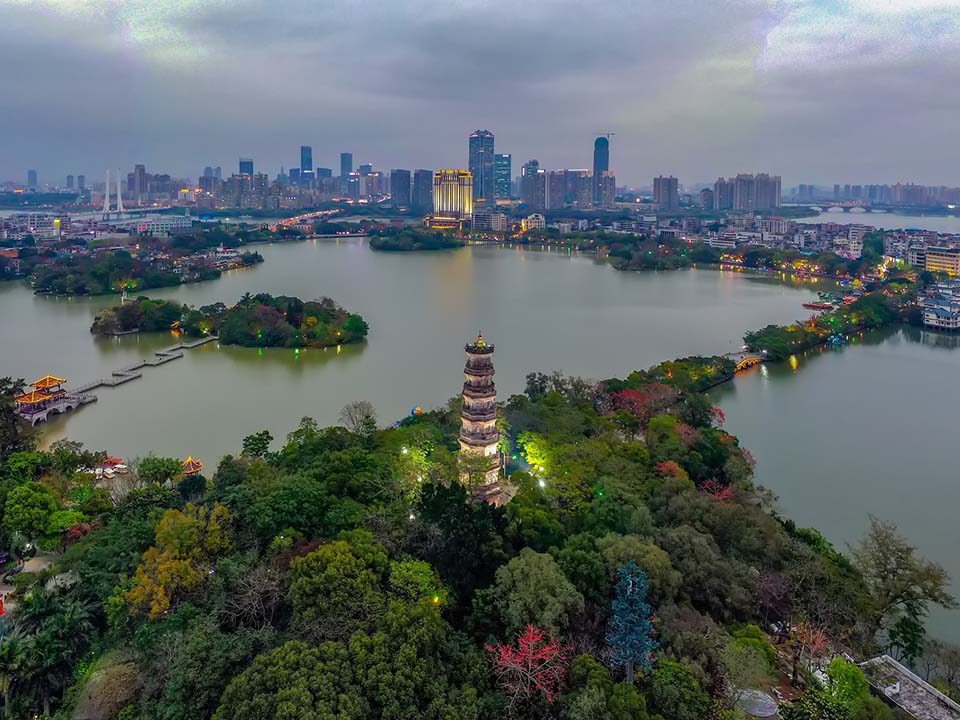
Huizhou: West Lake
West Lake in Huizhou used to be called Feng Lake. It got its present name after famous poet Su Shi from the Northern Song dynasty (960–1127), who was exiled to Huizhou at one point, compared it with West Lake in Hangzhou in his poetry. Huizhou’s West Lake is in fact bigger than the one in Hangzhou. It features a total of six lakes, nine bridges and 18 sights, of which the Su Causeway, Sizhou Tower and Liudan Pavilion on Diancui Island have been included among the 10 scenes of Huizhou.
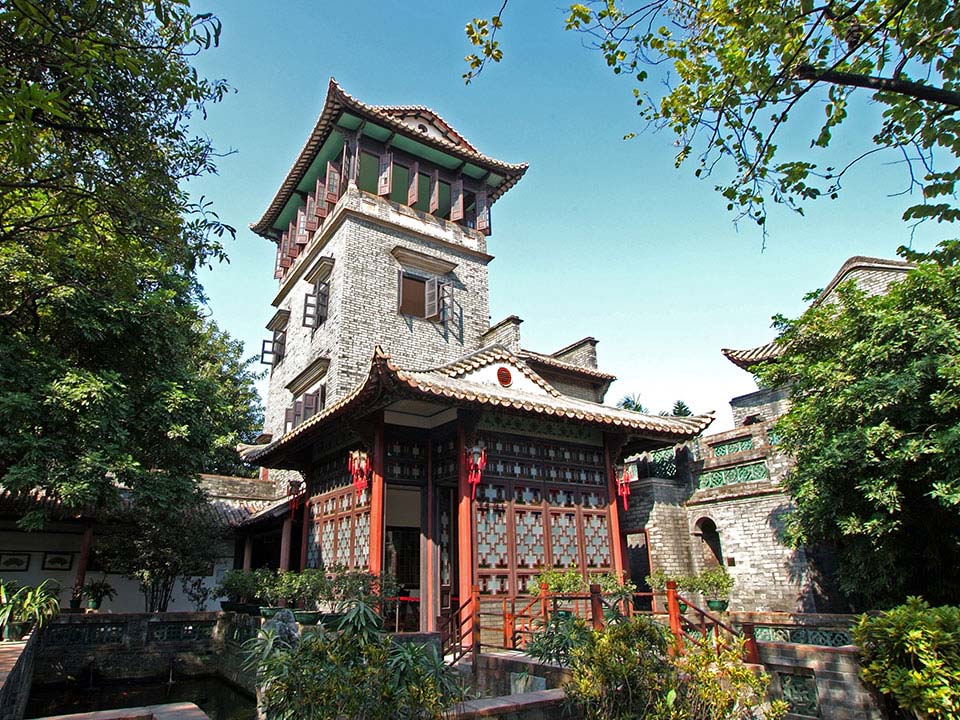
Dongguan: Keyuan
The over-a-century-old Keyuan, the best kept among the Four Great Gardens of Guangdong, is representative of the garden architecture of Lingnan. All the structures in the garden, including plenty of pavilions, terraces, towers, bridges and ponds, are made from grey bath bricks. The garden layout is thoughtful with well-connected paths and corridors, while the abundant plants and trees make the place breezy even during mid-summer. After visiting the garden, climb up the four-storey Kelou Building for a nice view of Dongguan.
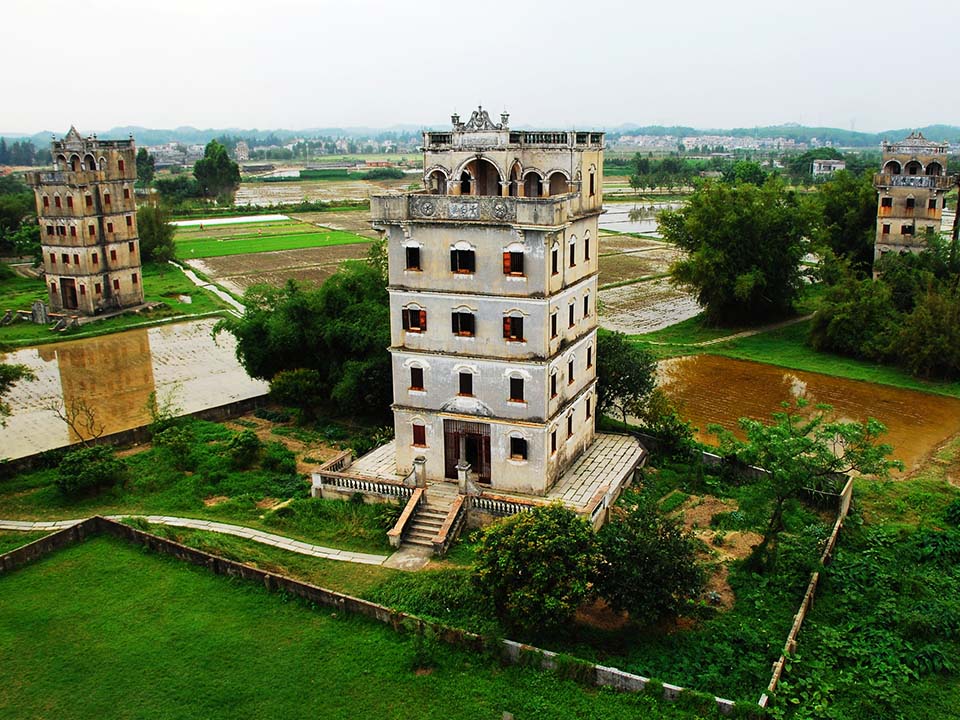
Jiangmen: Kaiping Diaolou
Kaiping in Guangdong is the hometown of many overseas Chinese. In the early 20th century, a large number of Kaiping natives who went abroad to work returned to their hometown and bought lands to build lodgings which are known as 'diaolou'. A diaolou does not follow traditional Chinese architectural styles. Instead, it is a mishmash of ancient Greek, ancient Roman, Byzantine, Baroque and Chinese architectural styles. The building’s stunning appearance does not mean that practicality is compromised; the sturdy structure is designed to prevent waterlogging and bandits. Currently, there are 1,833 diaolou in Kaiping, drawing photo buffs in recent years.
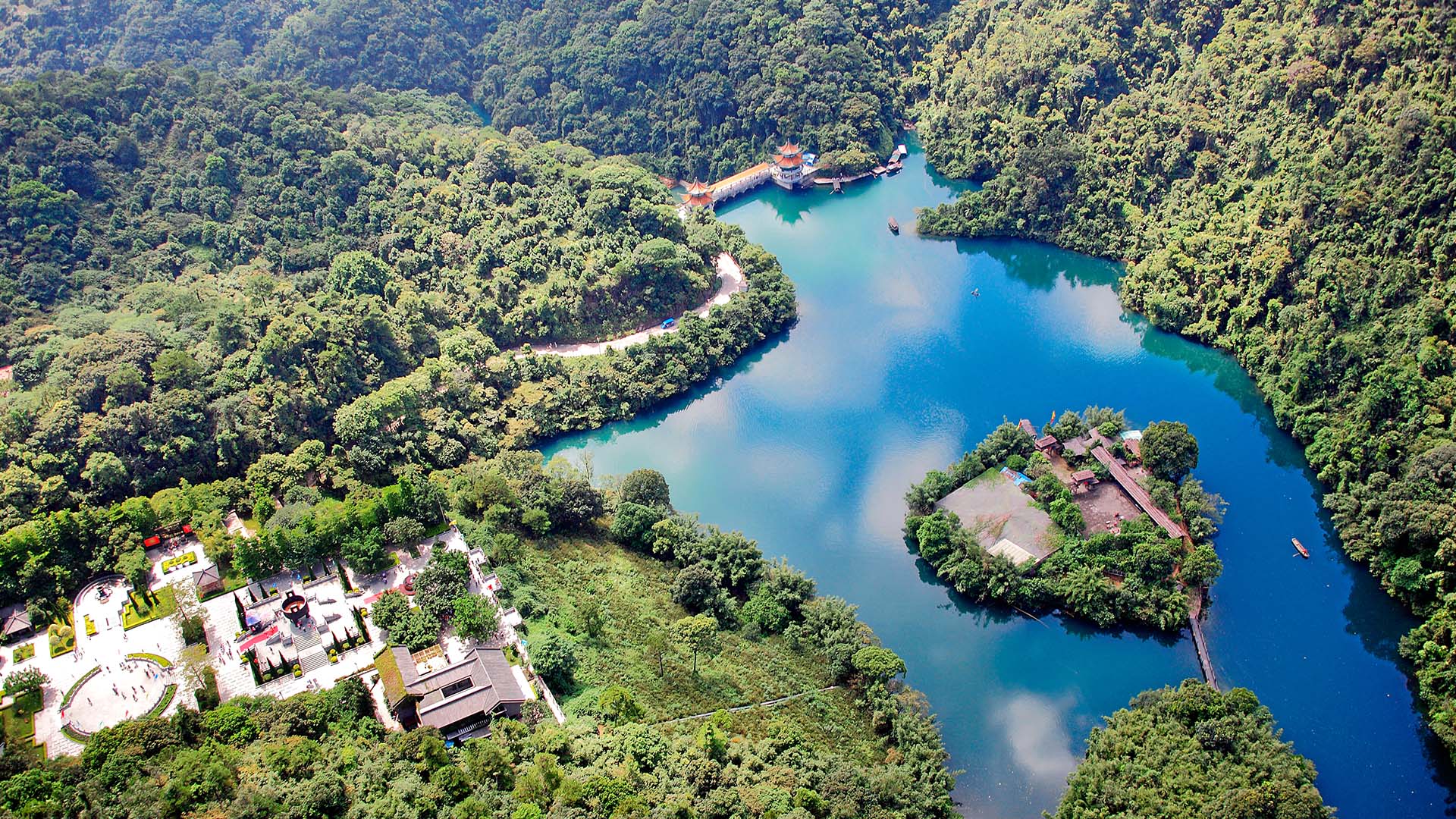
Zhaoqing: Dinghu Mountain
Dinghu Mountain is one of the four famous mountains in the Lingnan region and the first nature reserve in China. Home to abundant plant species, the verdant mountain is considered a ’natural oxygen bar’ for city dwellers because of its clean air. The mountain is also a Buddhist sacred place. Located in the reserve, Qingyun Temple from the Ming dynasty is one of the four famous temples in Guangdong Province. The five-storey temple houses some 100 halls and relics, including a cauldron used for cooking for a thousand people, a large bronze bell and a plaque inscribed by Cixi, an empress dowager from the Qing dynasty.